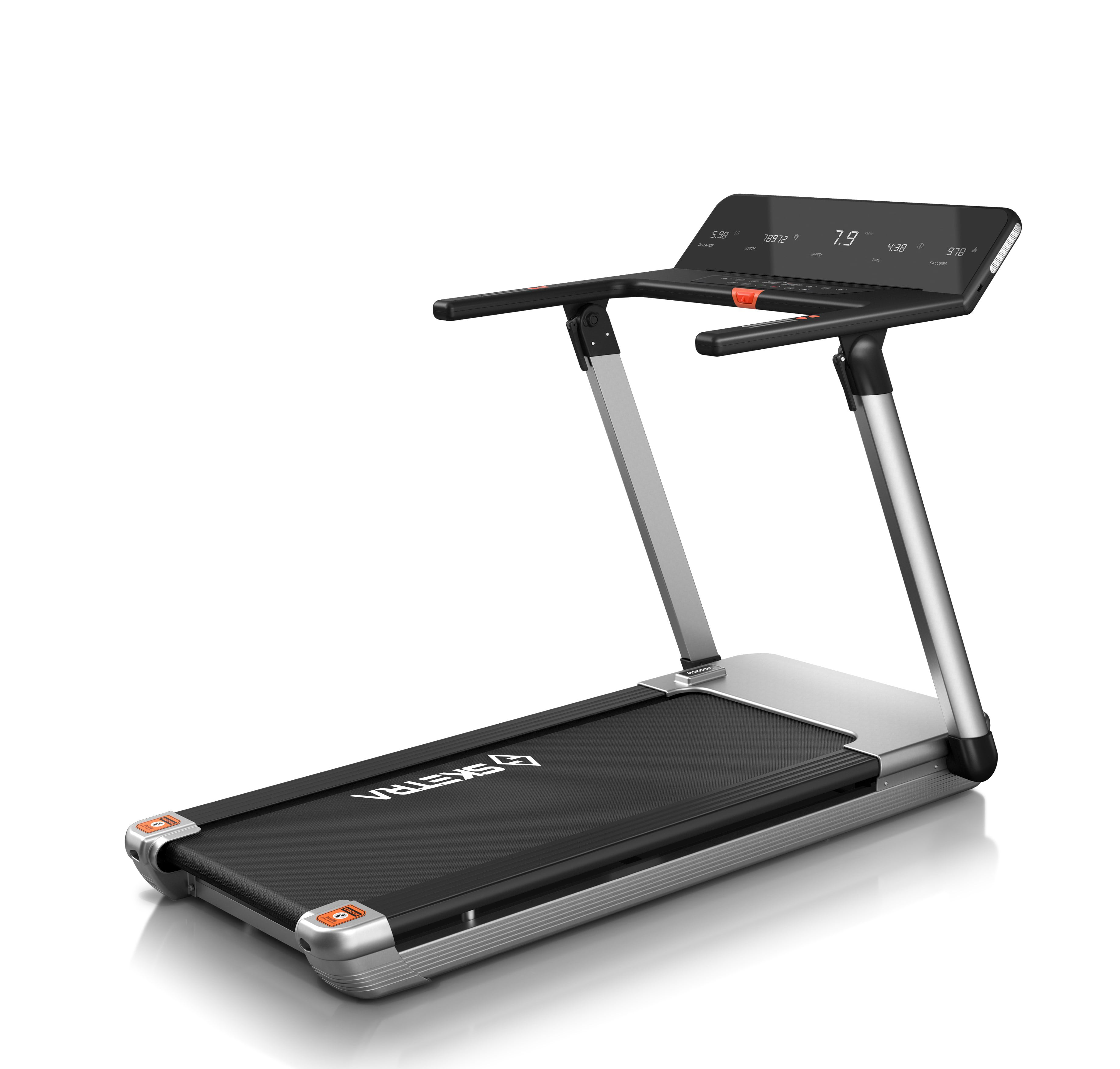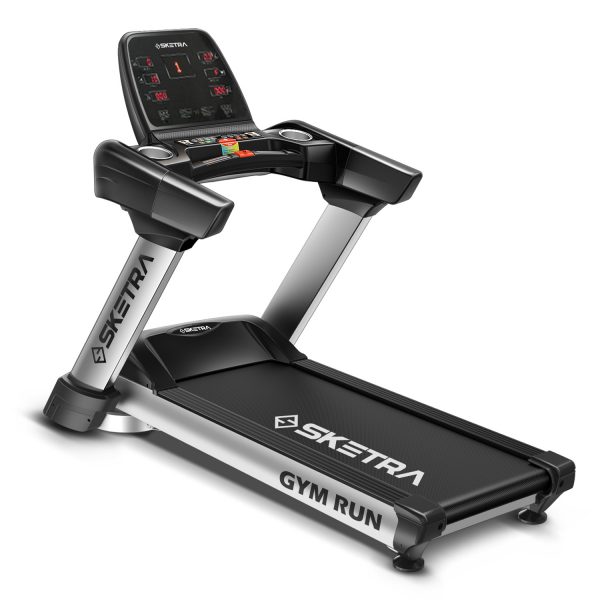How To Now Heel Strike On Your Treadmill?
You are likely to have heel strikes if you are a runner. Nine out of ten runners will heel strike. Although heel striking may feel natural and comfortable, it is still controversial. We'll explain why heel striking may not be the best option for you and give tips on how to modify it.

What is Heel Strike?
Your foot strikes the ground first with every stride. Then, it rolls over to push off your toes.
Why do runners strike?
- There are several reasons runners' heels can strike.
- It's often how we learn to run as children.
- Because it requires less energy to maintain, heel striking is more efficient than any other type of running stride, especially when you run longer distances.
- Potentially lower risk of ankle and foot injuries
- Most running shoes have a heel height greater than 10mm. This encourages a heel strike. A midfoot strike can be quite difficult with a cushioned heel.
Why You Might Want to Not Heel Strike?
- Heel Strike can easily lead to several issues for runners, especially if they are running on a home use treadmill.
- Instead of evenly distributed throughout the foot, the impact force is concentrated at the heel.
- Braking occurs when your foot touches the ground. This forces the lower leg and lowers back joints to work harder.
- An increased risk of injury to the ankle and knee, hip, hip, and lower back
- It is worth trying out running if you have a lower leg injury, especially the ankle, knees, or hips.
How to Avoid Heel Strikes While Running on a Treadmill?

If you are interested in trying it, there are many ways to avoid heel striking. Some runners prefer to land on their forefoot or midfoot while running on a home gym treadmill. It can be hard to do this if you aren't used to it. However, there are some things you can do:
- Concentrate on landing with your forefoot or midfoot first.
- Reduce your stride length, so your foot doesn't have to travel as far to contact the ground.
- You can run barefoot or in minimal shoes to feel the area where your feet touch the ground.
- Try to land lightly with every stride. This will encourage your body to move your weight away from your heels.
- You should choose a pace you can maintain without pushing too hard with your feet. This will allow you to land more on your midfoot naturally.
- It would be best to start slowly, as too slow can lead to a heel strike. Gradually increase your speed as you become more comfortable with the new form.
- To make it harder to heel strike and less bouncing, increase the incline of your treadmill.
- You can run on a home gym treadmill with a unique deck design or belt that reduces impact.
- Before you try a harder treadmill, it is worth practising on a smooth surface such as a grassy field or rubber track.
Conclusion
It can be hard to get rid of heel striking. Although it may take time to try a new stride, it can be worth the effort. You should start slow and increase your speed or mileage gradually. We hope you will find this information useful and will be careful with your home use treadmill.

Comments
Post a Comment